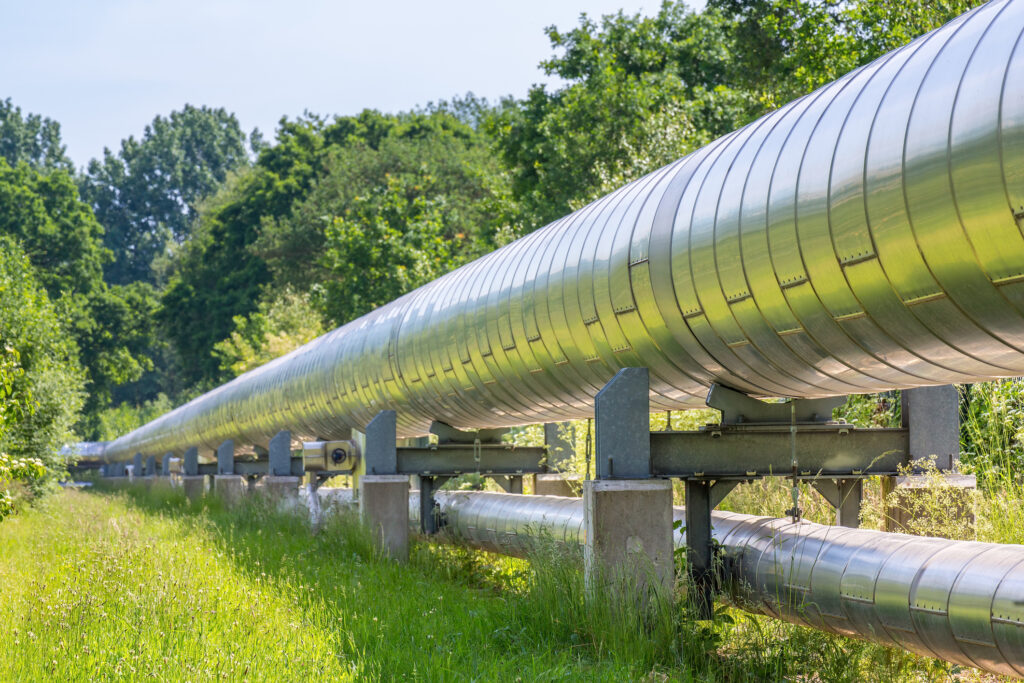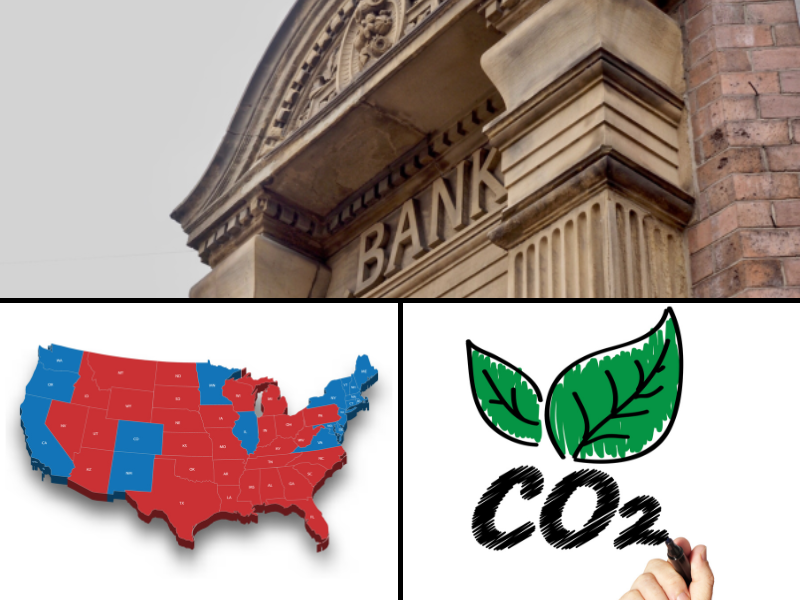A battle is underway in five Midwest states over construction of carbon dioxide (CO2) pipelines as part of the green energy transition. Opposition to wide-area pipeline networks is rising from farms and communities. But utilities and state governments intend to seize land over landowner protests.
On June 25, the Iowa Utilities Board (IUB) granted the petition of Summit Carbon Solutions (Summit) for a permit to build a CO2 pipeline across Iowa. The IUB determined that the pipeline was for “public use,” and granted Summit the right to seize land from Iowa landowners using eminent domain. Eminent domain has typically been used to take private land for government projects that serve a public good, but not for private industry.
Summit plans to build pipelines across Iowa, Minnesota, Nebraska, North Dakota, and South Dakota to transport captured CO2 to deep underground storage sites in North Dakota. The cost of the 2,500-mile project is about $5.5 billion.
Summit seeks billions of dollars from the federal government. If the pipeline network becomes operational, the company will receive up to $85 per metric ton in tax credits under Section 45Q of the Internal Revenue Code. The firm intends to sequester up to 18 million tons of CO2 each year, to annually receive tax credits of over $1.5 billion. Summit claims to have signed agreements with over 2,700 landowners to build the pipeline.
Ethanol producers in the five states are interested in participating in the project. Captured CO2 from 57 ethanol plants would be sold to Summit, providing a revenue stream for producers. Billions in federal funds may also be available to ethanol plants that capture CO2. In addition, reducing CO2 emissions may allow ethanol producers to qualify their product as Sustainable Aviation Fuel for commercial airlines.
Supporters claim the project will deliver environmental benefits in the fight against climate change. Summit says the annual CO2 emissions savings will be equal to removing 3.9 million vehicles from our roads. But the project is fraught with feasibility and cost, environmental, and safety problems.
The feasibility and cost track record of CO2 capture is poor. There are 47 major carbon dioxide capture and storage (CCS) plants operating in the world today, and most are money losers even with heavy subsidies. Ethanol plants that pursue CCS will likely lose money, along with the taxpayers who provide the subsidies.
For example, the Quest CCS project operated by Shell in Alberta, Canada captures only 35% of the CO2 emitted from a chemical process to upgrade bitumen from oil sands. The capital cost of the project is $811 million, entirely paid for with C$865 million in grants from the Canadian and Alberta governments. The Quest CCS operation will cost $41 million a year to run with only $27 million per year offset in payments from carbon credit subsidies.
The environmental benefits from the Summit project will be tiny. CO2 captured from Midwest ethanol plants will do little to affect global temperatures. Today, all of the world’s operating CCS facilities capture only 0.1% of industrial emissions. Even the Sierra Club opposes the Summit pipeline and calls CCS efforts “false climate solutions.”
CO2 pipelines come with huge safety issues. Only about 5,000 miles of CO2 pipelines exist in the U.S., compared to 84,000 miles of crude oil pipelines and three million miles for natural gas. Most CO2 pipelines transport liquified CO2 short distances to oil fields where it is pumped underground to force oil and gas to the surface.
CO2 in pipelines is a liquid under high pressure. If it leaks, it turns to gas as it rushes out. Since it is heavier than air, it stays close to the ground and can cover wide areas. CO2 is harmless in small quantities, but in large amounts, it is an asphyxiate, can force oxygen out of people’s lungs, and can cause headaches, dizziness, serious injuries, and death.
On February 22, 2020, a CO2 pipeline ruptured in Sartaria, Mississippi. The rupture occurred on a Saturday and spewed CO2 for about four hours. An invisible cloud of CO2 moved through the rural community forcing more than 200 people to evacuate and at least 45 to be hospitalized. Victims were unable to breathe and suffered unconsciousness and fits of shaking. No one died during the incident, but some victims continue to suffer ongoing physical problems.
As a result of feasibility and safety concerns, opposition to the pipeline is growing. Proponents and opponents battle in state legislatures and at public utility meetings. Counties in all five states have recently passed bans or restrictions on CO2 pipelines.
North Dakota regulators denied Summit’s application last August but have agreed to reconsider. Last month, Illinois passed a bill putting CO2 pipeline construction on hold until 2026. South Dakota regulators denied Summit’s application last September, but the legislature passed a package of regulations earlier this year that may aid approval of the pipeline network. South Dakota voters will have an opportunity to reject that package of regulations on this year’s November 5 ballot.
The Summit pipeline project would not exist without vast federal subsidies for CCS. We have plenty of CO2 for soft drinks and other uses. Huge subsidies, driven by the fear of human-caused global warming, are the only reason to try to seize land from farmers in Midwest states.
Even if this huge pipeline system is built and CO2 is captured at 57 ethanol plants, the effect on global emissions will be insignificant and the effect on global temperatures will not be measurable.
Land for pipelines is not the only case where land is being seized to promote green energy. The US Department of Energy recently announced plans to use eminent domain to seize land across wide areas to build transmission towers for new wind and solar systems. Illinois and Michigan passed laws blocking restrictions and outright bans by local communities on deployment of wind and solar systems. Governments consider the fight against human-caused climate change more important than the property rights of citizens.
First published at Real Clear Energy.





